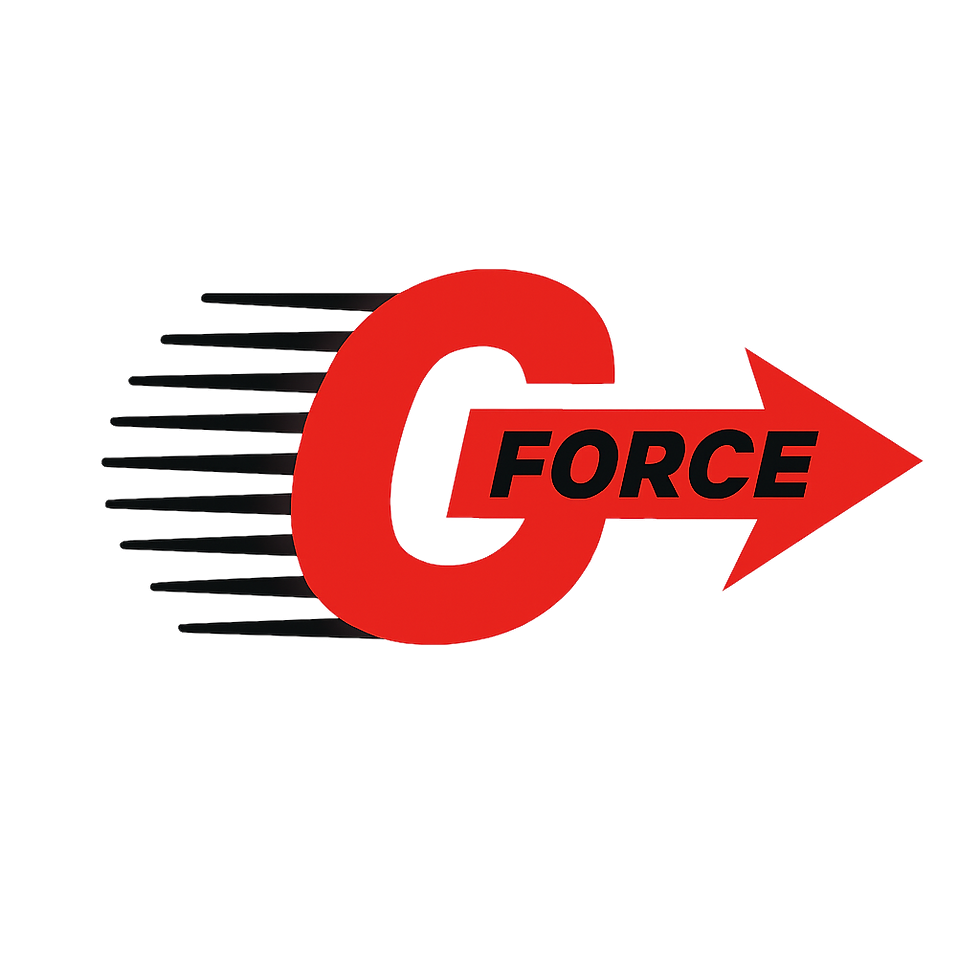How Route Planning Technology Supports Eco-Friendly Initiatives for G-Force
- Gforce Express
- Sep 2
- 1 min read

By utilising route planning systems and smart software, we can identify better routes for transportation and delivery. The goal is to conserve fuel and reduce emissions by selecting shorter routes, avoiding traffic congestion, and optimising delivery efficiency. These systems rely heavily on artificial intelligence (AI) and real-time data, such as live traffic updates, weather, and road conditions, to determine the optimal routes. This approach helps reduce costs and lessen the environmental impact of delivery fleets.
How Eco-Friendly Route Planners Are Transforming Trucking
To make transportation greener and more efficient, AI-powered route planners are leading the way. They employ advanced algorithms and current data to design routes that benefit both the planet and businesses.
How Do They Operate?
Essentially, these tools analyse extensive data—from traffic to weather—to select the fastest, most efficient routes. They adjust dynamically, rerouting trucks around traffic jams and congestion. This accelerates deliveries, conserves fuel, and decreases emissions.
They also assist us in coordinating pickup and drop-off times to optimise truck loading and minimise empty trips. This results in less waste and improved efficiency.
What Are the Advantages?
Implementing routing reduces costs through lower fuel consumption and maintenance. It also benefits the environment by cutting emissions. Additionally, trucks can deliver more in less time, enhancing productivity.
By decreasing the total miles travelled and reducing congestion, these systems help ease urban traffic and enable smoother city travel, while also making the engines of our trucks last longer.
Quick Summary
Route planners represent a significant advancement in the trucking industry. They help protect the environment while saving money and making deliveries smarter, faster and prolonging the life of our fleet.



Comments